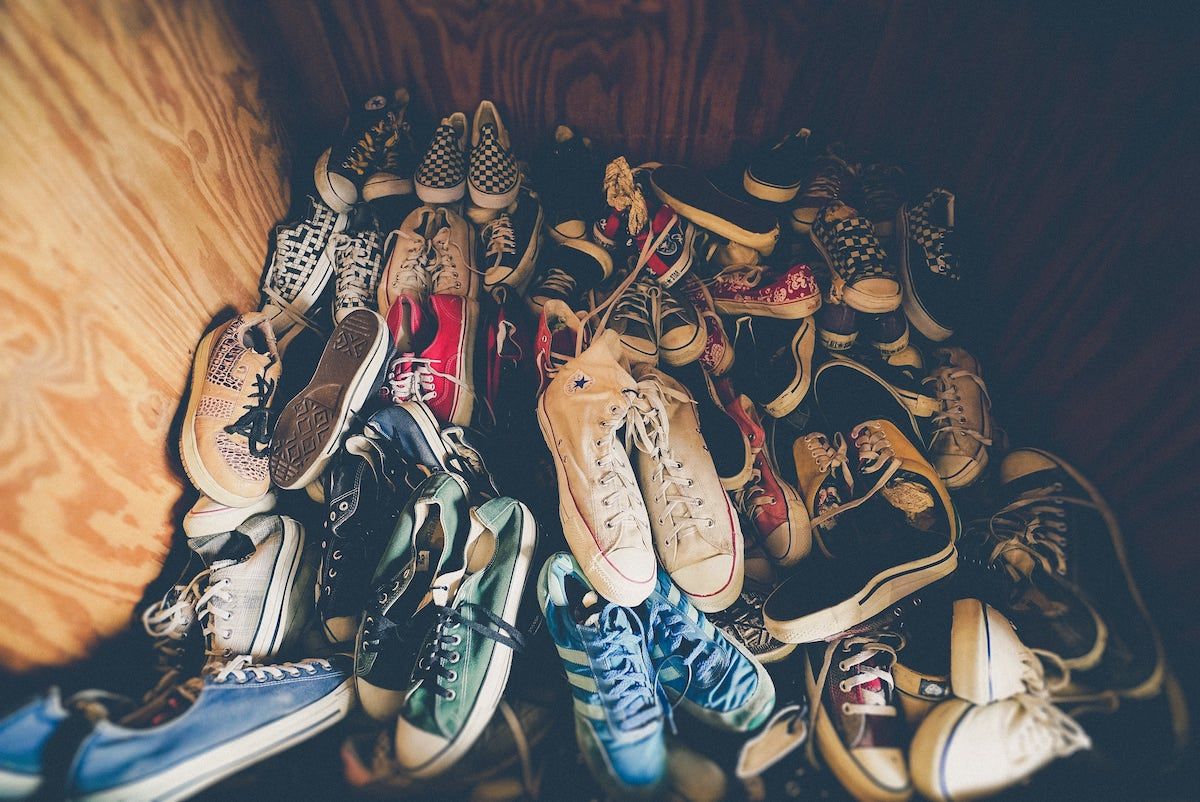What Is Foley? Definition, History & 3 Common Uses
Rent film gear from local filmmakers.

Rent film gear from local filmmakers.
As an artist, you may get absorbed by your big creative vision and all the crazy and fun tools you will employ to create it.
Still, if you want to tell a compelling story, do not disregard the power of mundane effects in filmmaking. That includes everyday sounds.
What is a foley artist?
Foley artists are the wizards of day-to-day sounds.
They operate during the post-production process that creates a film or TV show by producing everyday and background sounds.
Indisputably, these sounds enhance the auditory experience, making a foley artist a vital element of your team.

What happens during a foley recording session?
There are no regulations when it comes to producing a sound effect. In that sense, artists use unconventional and unexpected techniques to recreate natural-sounding audio.
A foley studio may be one of the most miscellaneous-looking places you will ever see.
In a recording session, an artist may use traditional items like keys and chairs or resort to objects like saran wrap, a watermelon, meat, balloons, and cooking utensils.
Starts by watching the entire movie
First, they watch the entire movie, writing what noises they'll need to make in each scene and gathering the relevant props and equipment from the studio's warehouse.
Then, the artists record in real-time while watching the movie to ensure that the audio and imagery are synchronized. For example, in a scene where a woman enters a coffee shop, artists create: the sound of a door opening and closing, footsteps (matching her shoes), a chair being pulled, and the woman sitting.
Plus, they must consider all other background noises, such as a waitress cleaning a table, the coffee machine, the door opening, and closing again, etc.
Despite the fun, some sounds are complex, and the foley artists must come up with fresh and out-of-the-box solutions to duplicate them.
The history of foley in filmmaking
Foley sound arose in the 1920s in live broadcasting.
Since sound effects produced by phonograph were low quality, radio studios started to employ artists to create the effects live and improvise with the radio host during broadcasts.
One of these artists was Jack Foley. He carried the technique to the film industry and pioneered methods that foley artists still use today.

3 Categories of the foley art
1. Feet
Footsteps are difficult to correctly capture while shooting a scene, making them the most common production sound produced by foley artists.
In that sense, going to a foley studio can feel like visiting Foot Locker and Leroy Merlin at once.
They have various types of shoes and floor surfaces, so artists can recreate steps in the most accurate way possible.
2. Movements
Do not underestimate subtle sounds. Sounds such as someone scratching their chin, brushing past people in a crowd, or grabbing a wallet from their pocket. These are simple but crucial to enhancing your story.
3. Specifics
Specifics refer to any sounds that do not fit the above categories.
Essentially, everything is not a movement or footsteps, like a doorbell, a dog barking, a phone notification, and so on.
9 Genius foley tricks
- Instead of removing a bullet from a wound, use a tomato (less blood in your hands).
- Instead of a walking horse, try hitting coconuts together.
- For rain, fry bacon (and then you have a realistic sound effect and lunch).
- Instead of tentacles, squish cooked pasta on a surface.
- To avoid crushing skulls and breaking bones, use walnuts and celery, respectively (yes, food is the main character in this article)
- For heartbeats, push the bottom of a can in and out.
- You can replicate gunshots with a heavy staple gun.
- To create whoosh sounds, swing a bamboo stick past the microphone.
- Gloves with the right texture will mimic the sound of birds flying.

Common uses of the foley art in film
Foley sound makes a scene more realistic
There is sound in every instant of your day.
Even when you are alone and you left your headphones home. As you are used to them, they go unnoticed (unless someone is chewing with their mouth open...that can not be ignored).
Similarly, the most effective foley sounds sound so natural and realistic that the audience does not notice them.
Foley sound makes a film more immersive
A sound is a stimulus - they trigger feelings and thoughts.
In that sense, when designed appropriately, they will build the atmosphere your story needs and drag the viewer to it.
It seems too quiet without foley sounds
Since we are also used to sounds in our daily lives, a silent movie feels... wrong (we may even check if we have muted the TV accidentally).
Foley sound fills that aural void and makes scenes feel raw.
Up next: Discover diegetic sound
Designing sounds are not only fun but crucial. Luckily, there is much more to learn about them.
Up next: discover diegetic sound.
What is a foley artist?
Foley artists reproduce everyday sounds and ambient noise in post-production.
What are the 3 elements of foley sound?
Feet, Movements and Specifics.






















